Long An is considered the "cradle" of Southern Vietnamese Don ca tai tu (ĐCTT) art because this land has many famous artists; important turning points in the development process of Southern Vietnamese Don ca tai tu are more or less associated with Long An. From the deep historical imprints to the efforts of the State and the People, the Party Committee, the government and the people in the province are continuing to write the story of preserving and developing the traditional art form recognized by UNESCO as an Intangible Cultural Heritage of Humanity.
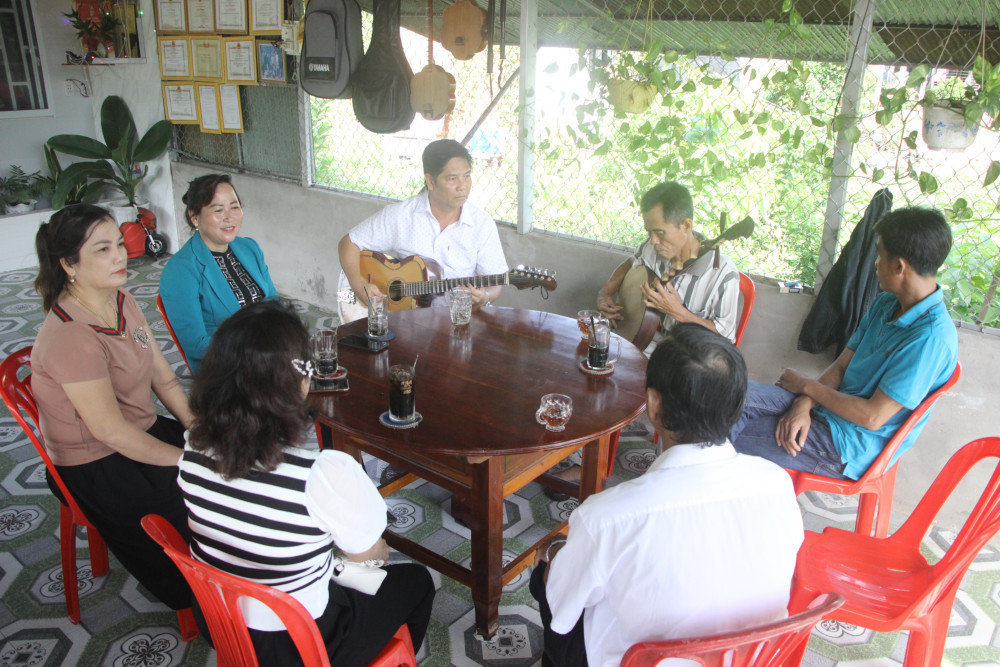
The Southern Amateur Music Club of Vinh Hung district meets regularly every morning at the house of amateur musician Minh Hoang (Photo taken in September 2023)
Actor Minh Hoang said that the club started operating in the 1990s, and had many ups and downs, and stopped operating, but then the people who love Southern ĐCTT "found each other". They all met in their love for the traditional art. Club members also actively participated in competitions and exchanges of Southern ĐCTT organized by the district and the province, both to gain experience and to contribute to building the movement. Mr. Minh Hoang said: "The club has just had 1 new member who is over 30 years old. Compared to the average age of Southern ĐCTT players here, he is the youngest. I am very happy that young people are still interested in and love the traditional art passed down by their ancestors". As one of the localities with a strong development of the Southern ĐCTT movement, Tan An City has a Southern ĐCTT Club that has been operating for nearly 20 years. Every morning, club members meet at the corner of a coffee shop in Ward 1 to hone their playing and singing skills. Every Thursday evening, the Club organizes an open meeting where club members and those who love Southern ĐCTT interact, play and sing. The "big brother" who is mainly responsible for maintaining the activities of the Southern ĐCTT Club in Tan An City is folk artist Tran Duc Nhan. As the Club's Chairman, he is responsible for teaching new members how to play and sing, as well as mobilizing and balancing funds to maintain the Club's activities over the years. Every year, he teaches about 10-12 students, many of whom become the core force of the Club, participating and achieving results in competitions and festivals of Southern ĐCTT organized by the province or Tan An City.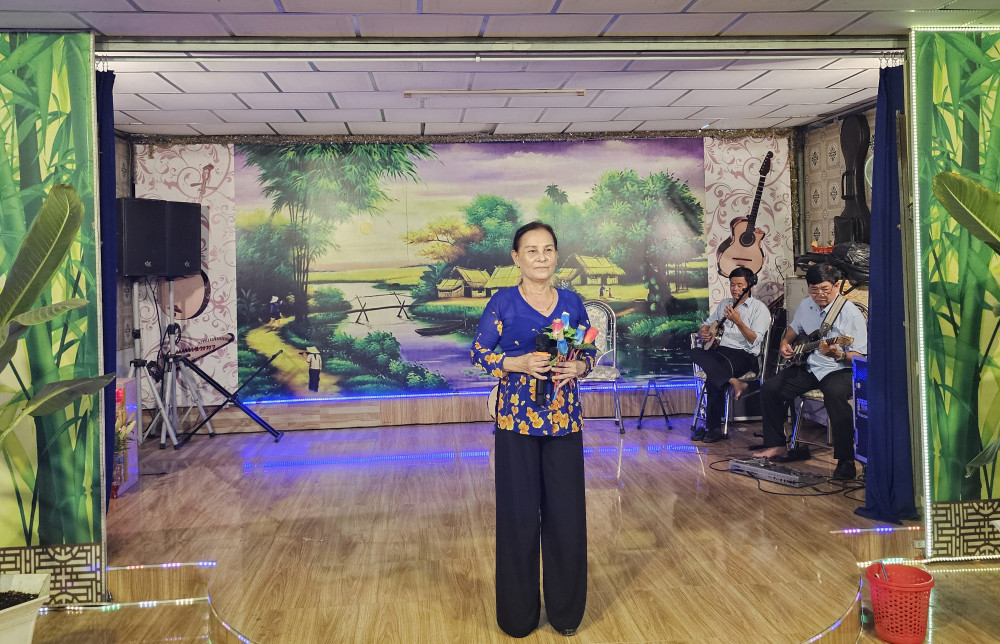
Every Thursday evening, the Tan An City Southern Amateur Music Club organizes an open meeting where club members and lovers of Southern Amateur Music can exchange, play, and sing.
The Southern ĐCTT is a unique art form that has been passed down, preserved and developed among the people for hundreds of years. Southern ĐCTT players do not need to graduate from school, they learn from each other through the method of passing on the profession. Anyone can play Southern ĐCTT and "once you are "addicted" to it, you cannot give it up!". Talented player Do Van Diem (Ward 3, Kien Tuong town) said that he started playing Southern ĐCTT when he was young, about 60 years ago. Although he has experienced many ups and downs in life, he has not given up Southern ĐCTT. Every day, when he finishes work or when he is sad or happy, he often takes out his instrument to play solo as a way to relax and express his feelings. Mr. Diem is currently one of the oldest and core members of the Southern ĐCTT Club of Kien Tuong town. Currently, the whole province has more than 300 teams, groups, and Southern ĐCTT Clubs in hamlets, communes, wards, and towns; 15 Southern ĐCTT Clubs are under the Cultural Information and Broadcasting Centers of districts, towns and cities, and 1 club is under the Provincial Cultural and Art Center. Club members include many different groups and classes such as retired officials, workers, civil servants, businessmen, farmers, etc. They teach each other how to play, sing and their passion for the traditional art form. No need for a bright stage, no need for a brilliant halo, Southern ĐCTT players only need passion, a small, rustic, intimate corner, sitting together playing, singing and from there preserving and developing the art form recognized as an Intangible Cultural Heritage of Humanity .| Playing ĐCTT is to satisfy the need for creativity and enjoyment of art for the players themselves and the music lovers. It is this "carefree" play that creates the peak, sublime improvisations and that is also the unique feature of ĐCTT art in the South". Folklore researcher Vo Truong Ky Since I learned about the Club, I have had another joy in life. Being able to put my heart into the music and lyrics, I feel happy and comfortable. The pressure in life is also relieved thanks to that so that I can live happily and healthily". Ms. Truong Thi Kieu Loan , member of the Southern Amateur Music Club, Tan An City |



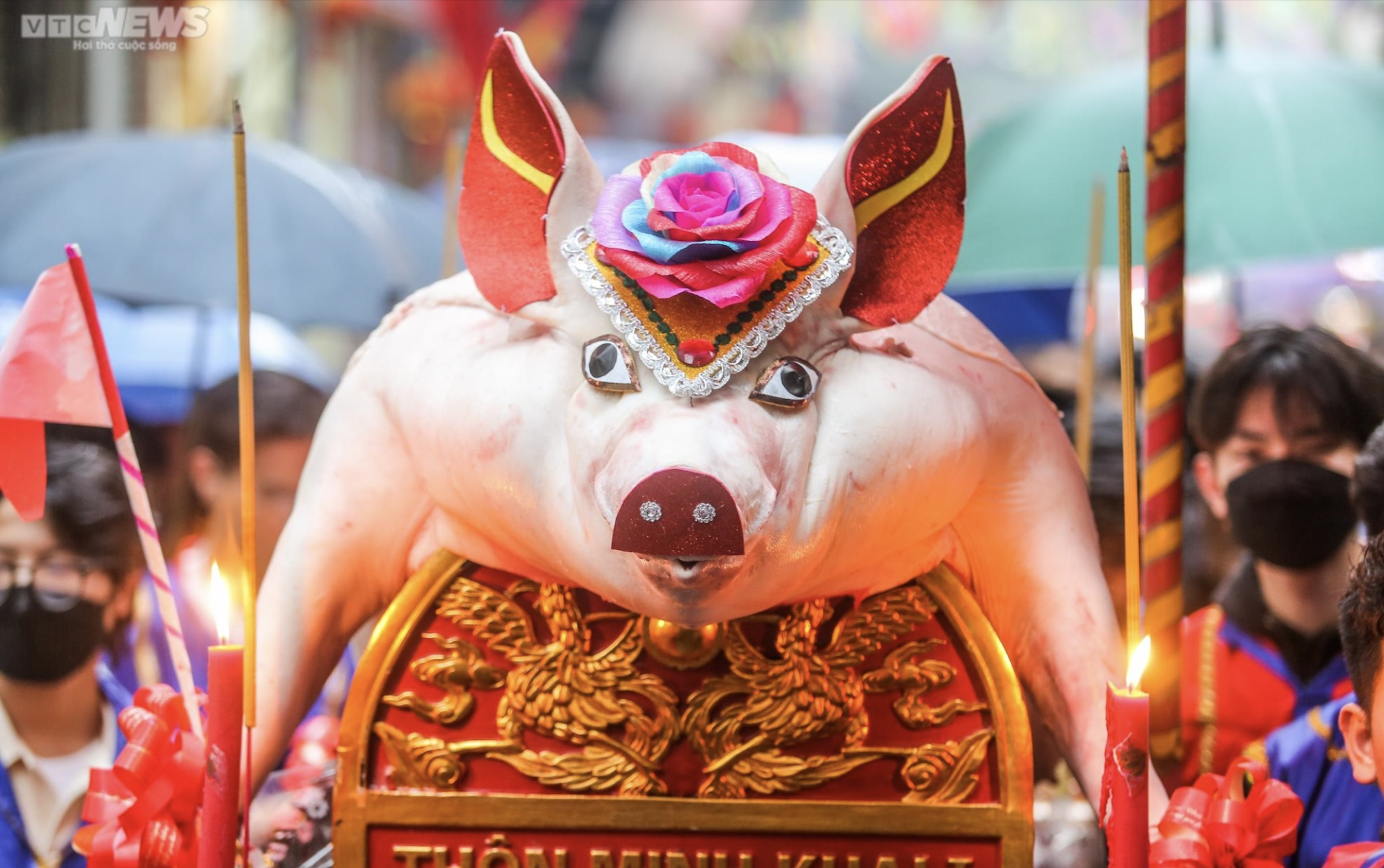
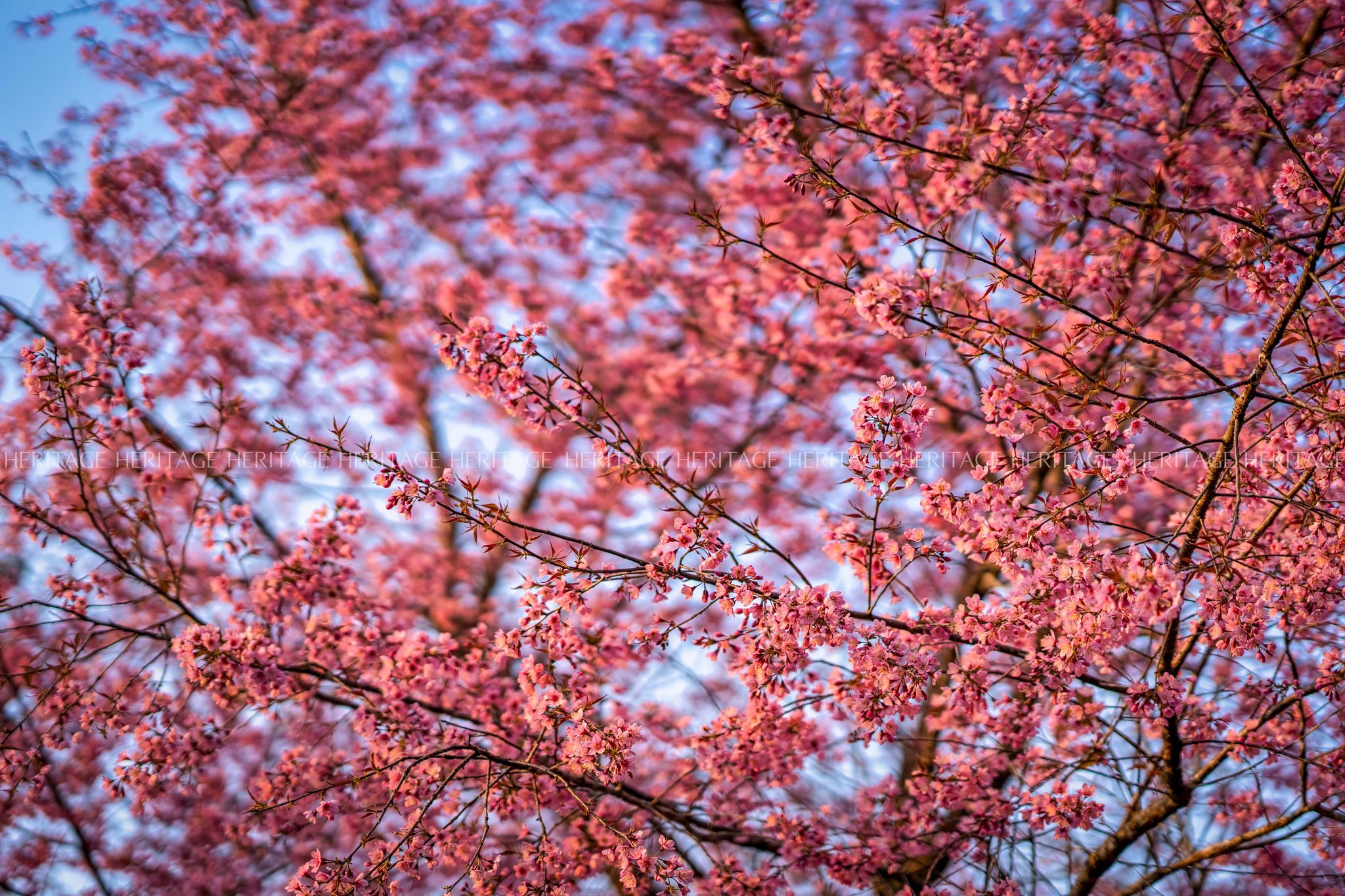

























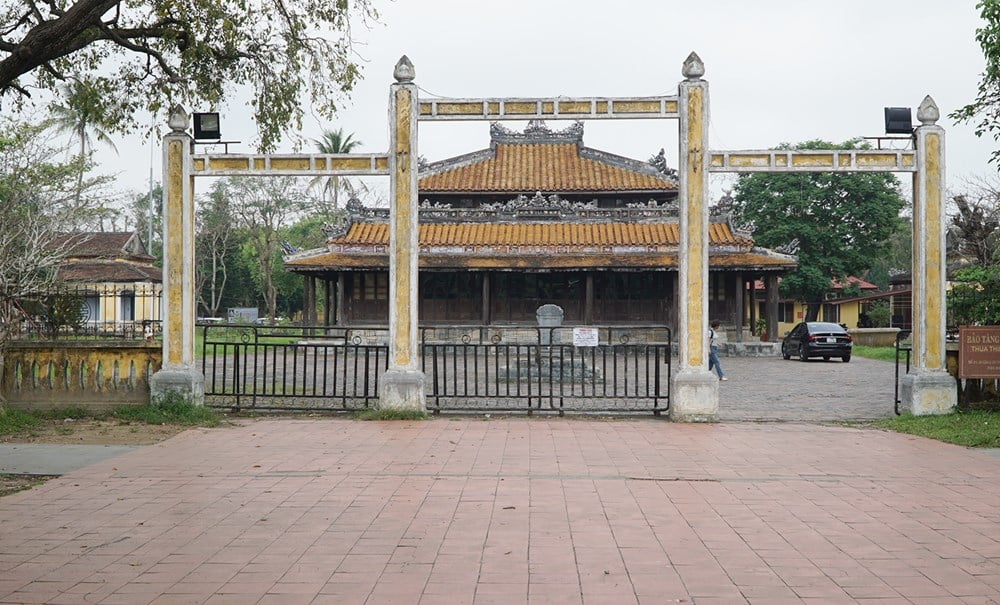

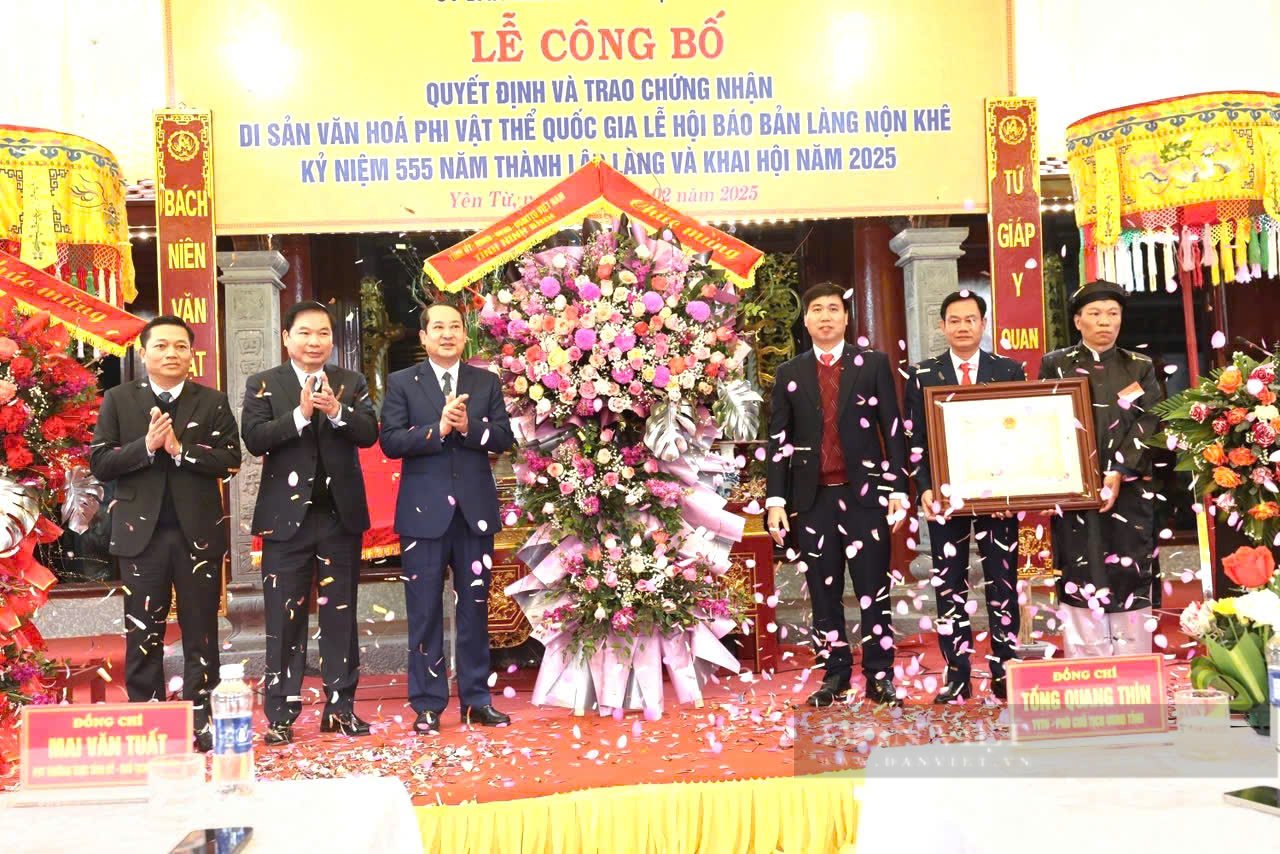

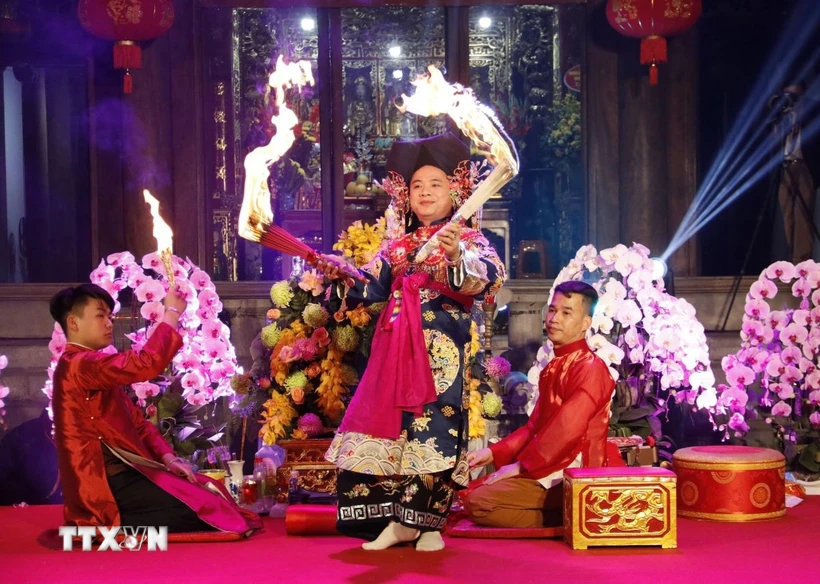

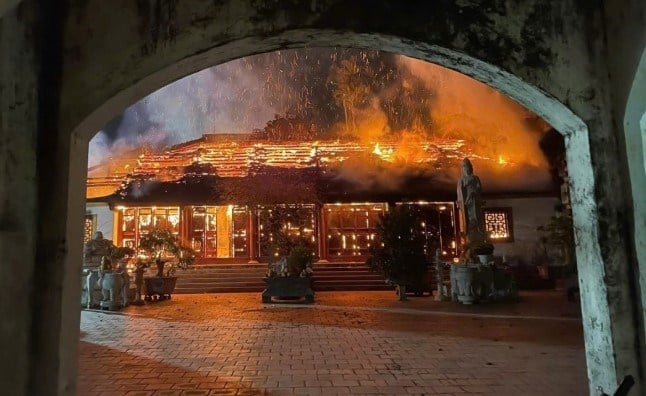
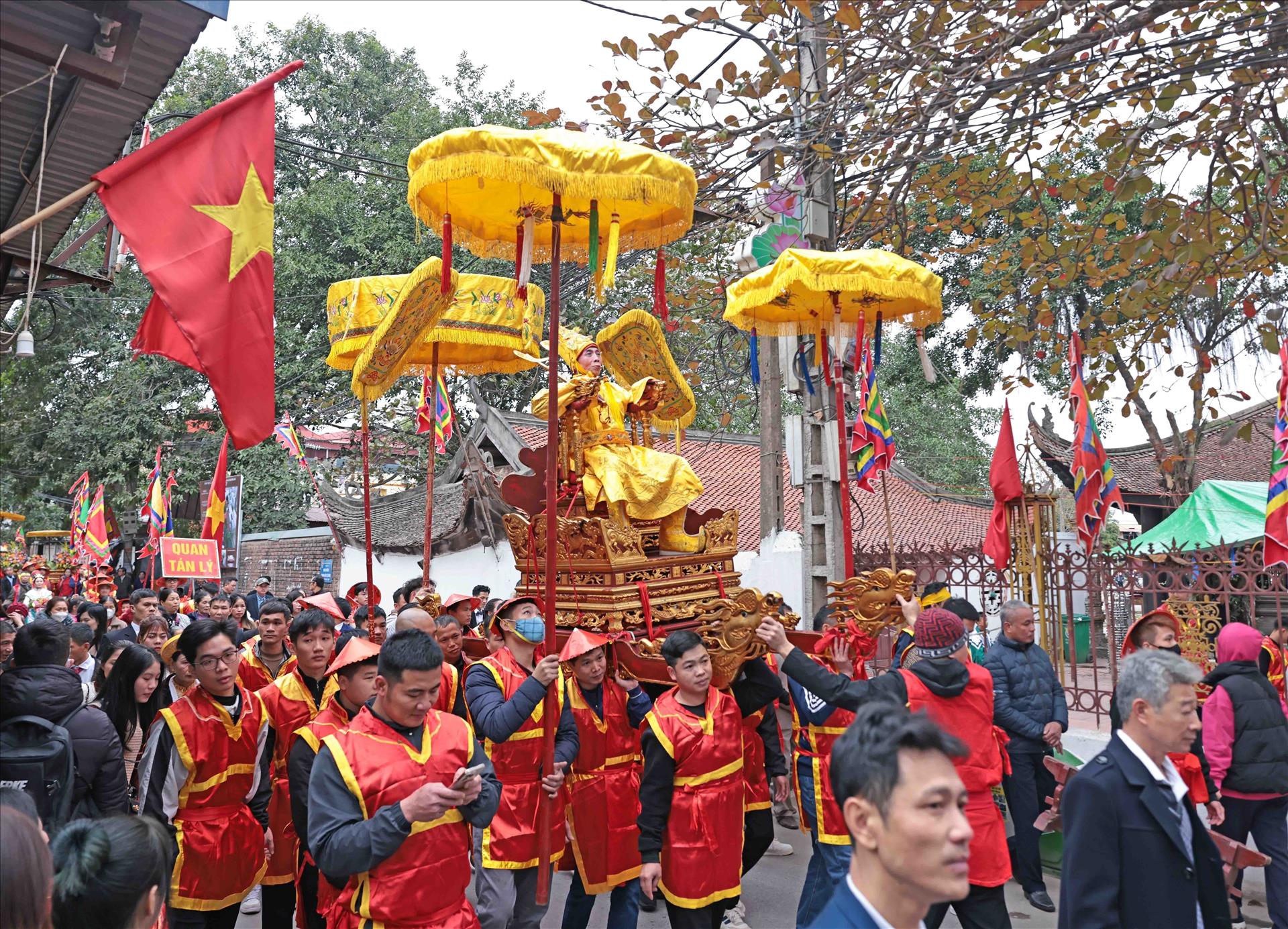



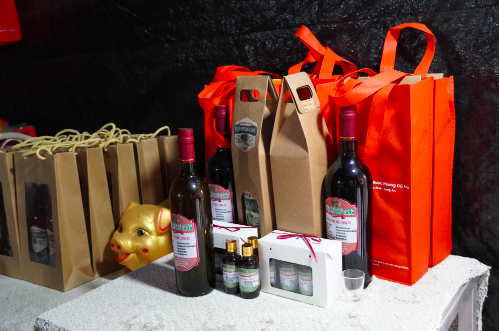
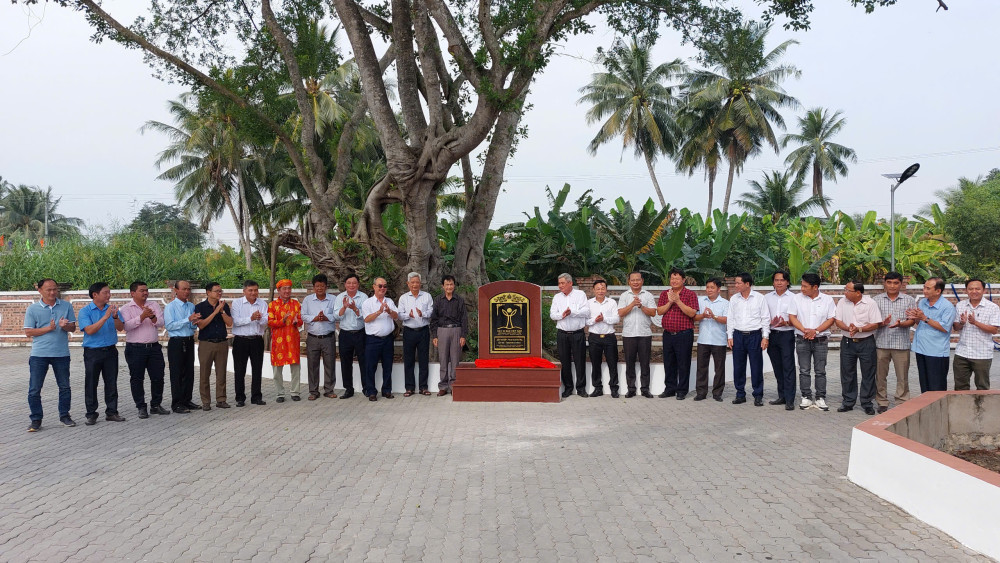
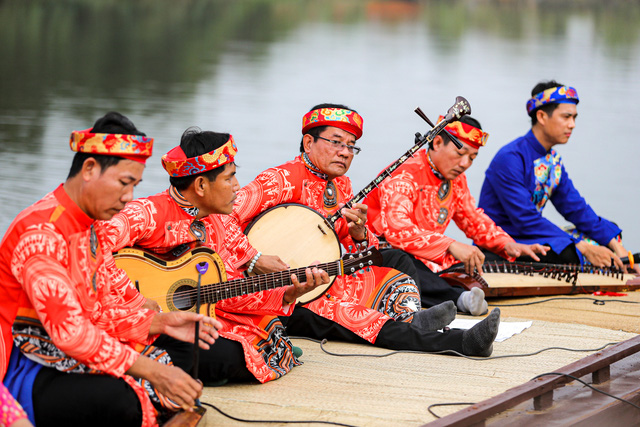
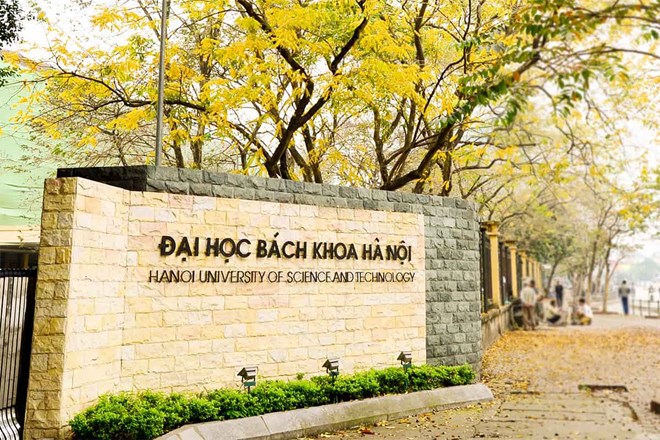


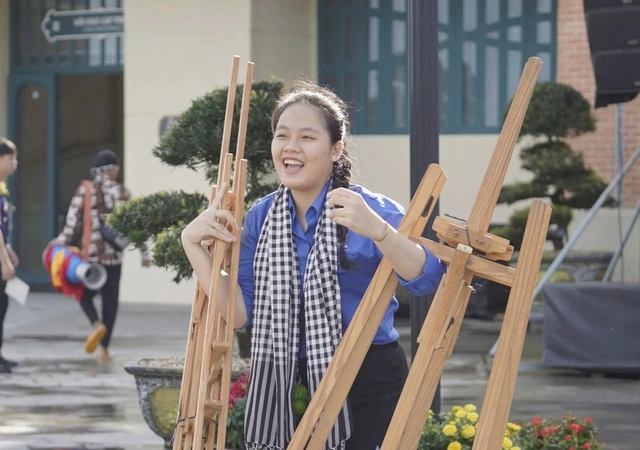



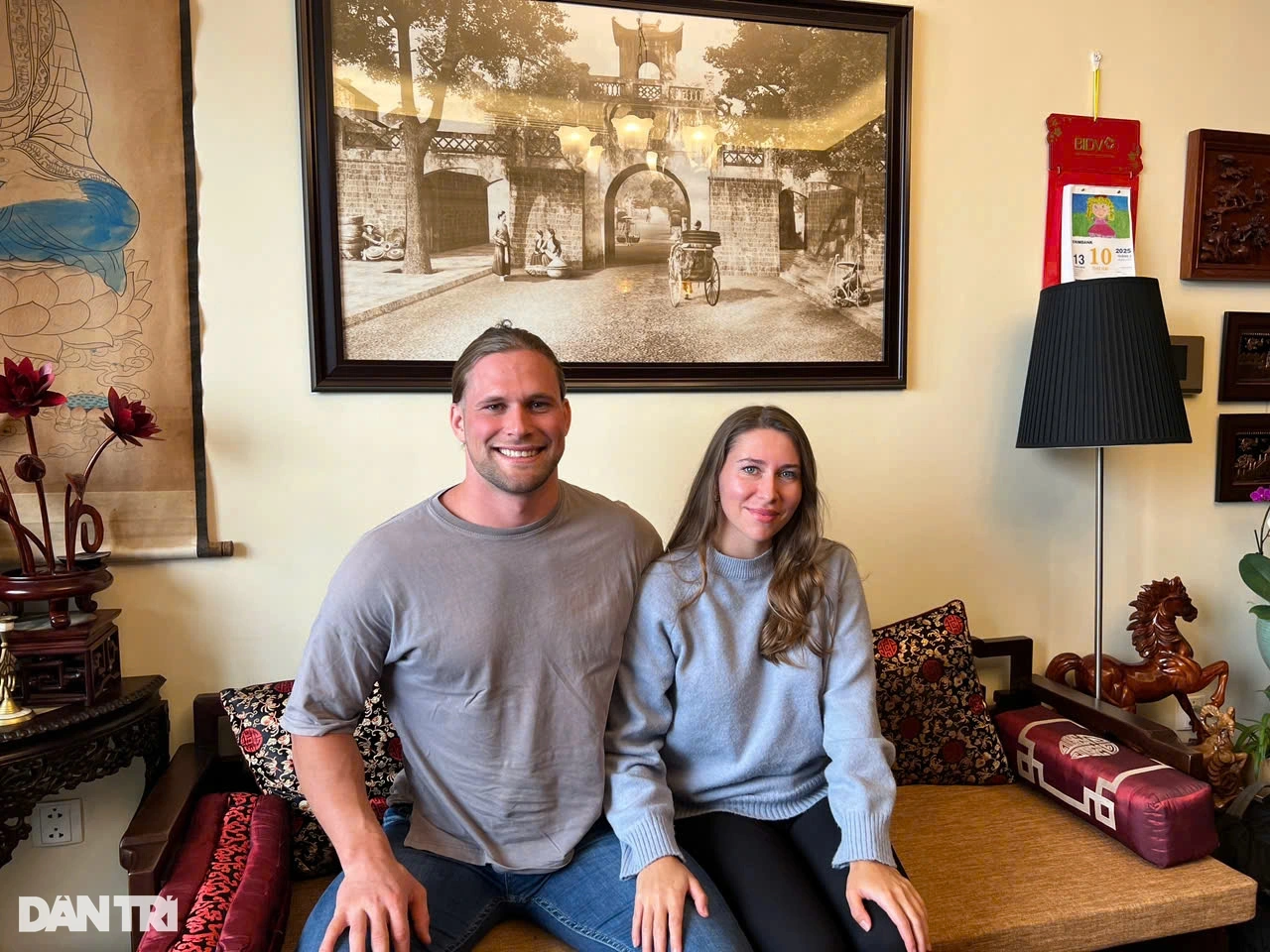

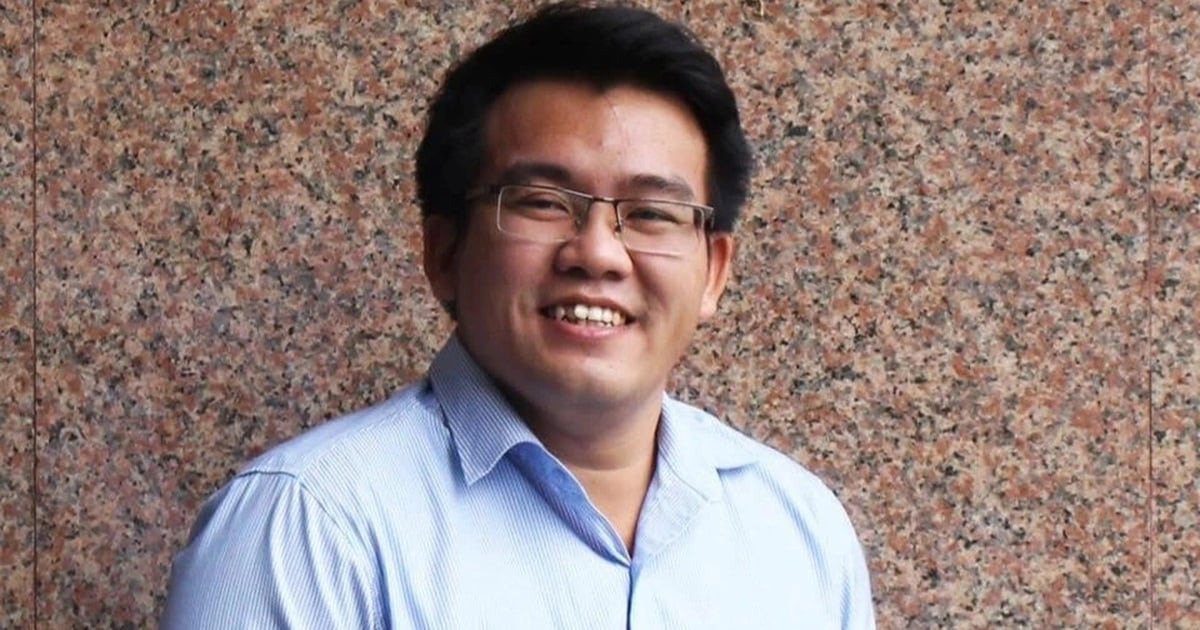

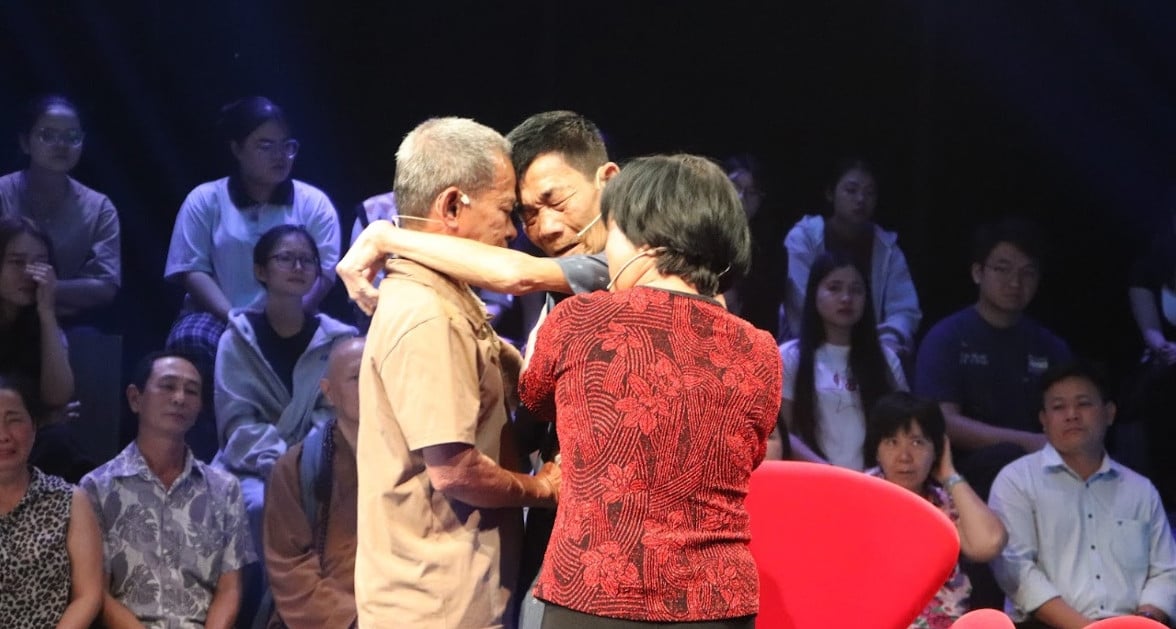





Comment (0)